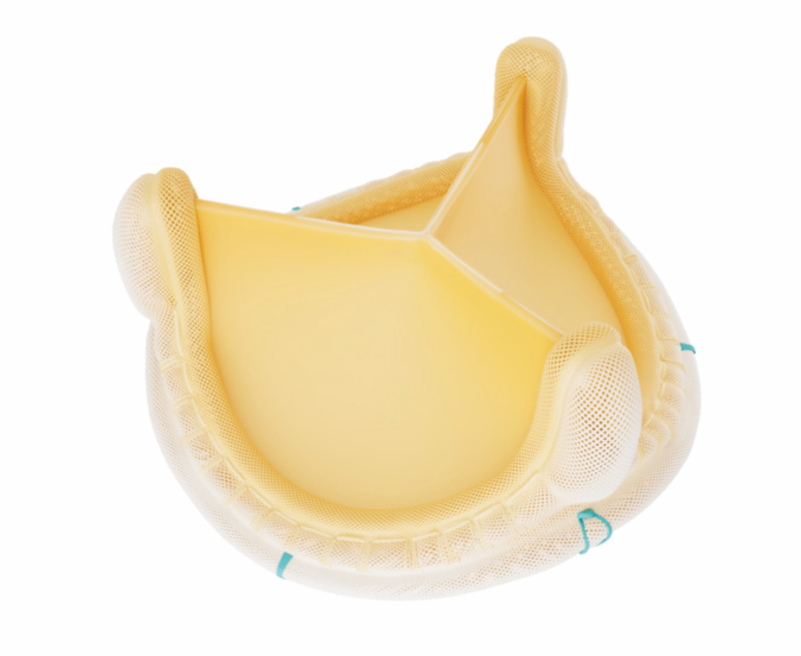RNAi Therapy, Enhancing Therapeutic Treatments
March 10, 2009 | Tuesday | News
RNAi
Therapy, Enhancing Therapeutic Treatments
Discovered in 1998 by
Craig Mello and Andrew Fire, RNA interference is heralded as a major
scientific breakthrough in the past decade and was awarded the Nobel
Prize for Physiology or Medicine in 2006.
Also known as gene silencing RNA interference involves the
use of double stranded RNA (dsRNA). Once inside the cell, this material
is processed into short 21-26 nucleotide RNAs termed siRNAs that are
used in a sequence-specific manner to recognize and destroy
complementary RNA, effectively switching off the activity of the gene
and halting production of the protein for which it codes. This activity
is being developed as a potential antiviral therapeutic strategy.
However, therapeutic strategies using RNAi against viruses that cause
chronic infections, such as human immuno deficiency virus (HIV) and
hepatitis B or hepatitis C, are more difficult to design, but studies
have begun to address identifiable problems.
Developments and history
RNAi technologies include chemical synthesis by in vitro transcription
and use of plasmid or viral vectors. DNA-directed RNAi (ddRNAi) is used
to produce dsRNA inside the cell, which is cleaved into siRNA by the
action of Dicer, a specific type of RNAse III. MicroRNAs are derived by
processing short hairpins that can inhibit the mRNAs.
Expressed interfering RNA (eiRNA) is used to express dsRNA
intracellularly from DNA plasmids.
Since its discovery, many companies have started to develop therapies
based on the Nobel Prize winning RNAi technology and Alnylam
Pharmaceuticals is spearheading the business of RNAi-based
therapeutics. The company has to its credit the maximum number of
collaborations and has received maximum funding in the RNAi
segment. It currently has one product, ALN-RSV01, in clinical
development, which is in phase-II trials for respiratory syncytial
virus (RSV). In addition, the company is developing RNAi therapeutics
for the treatment of influenza, hypercholesterolemia, and liver
cancers, among other diseases. The company teamed up with Isis
Pharmaceuticals to form Regulus Therapeutics, a company focused on
developing new drugs based on microRNA. MicroRNA is one of two types of
RNA interference found in all human cells and affects how genes are
turned off and on. MiRNAs regulate whole network of genes; therefore
therapeutics based on this technology represent a new approach to
target the pathways of disease. SR Pharma subsidiary Atugen developed
RTP-801i and later licensed it to Quark Biotech. The drug prevents the
functioning of the gene REDD-1 that is linked to the
progression of wet age-related macular degeneration (AMD) where
aberrant blood vessels beneath the retina leak blood and fluid into the
eye causing loss of vision.
In April 2008, GlaxoSmithKline and Regulus Therapeutics announced a
$600 million alliance to discover, develop and market microRNA-targeted
therapeutics to treat inflammatory diseases such as rheumatoid
arthritis and inflammatory bowel disease. Calando Pharmaceuticals, a
majority-owned subsidiary of Arrowhead Research Corporation based in
California, US, has its lead candidate,
CALAA-01, in phase-I clinical trials, the results of which are expected
in 2010. The drug is a nanoparticle that contains small interfering RNA
(siRNA) that targets the M2 subunit of ribonucleotide reductase, a
well-established cancer target. Its nearest competitor in the field of
cancer therapies based on RNAi is Silence Therapeutics.
A subsidiary of Silence, called Atugen, along with partners Quark
Biotech and Pfizer is currently investigating a siRNA therapy for wet
AMD. RTP-801i is currently in phase-I clinical trials. There are no
marketed siRNA drugs, RTP-801i is indeed the fourth to enter clinical
trials. Sirna Therapeutics was the first company to take a siRNA drug
into trials. It had two drug candidates in clinical development, which
include one that also treated AMD, when Merck & Co recently
bought it in a deal worth $1.1 billion. Merck & Co has also, in
the past, signed collaboration deals with SR Pharma and Alnylam Pharma.
Sirna Therapeutics was the first company to take a siRNA drug into
trials. It had two drug candidates in clinical development, one for AMD
and one for hepatitis C, when Merck & Co bought it this year,
in a deal worth $1.1 billion. Opko was formed when Acuity
Pharmaceuticals an Froptix Corporation merged in March 2007 has the
most advanced siRNA therapy, this time to treat AMD and diabetic
macular edema (DME), bevasiranib has completed phase-II trials.
Biotech company Nucleonics has recently been cleared by the FDA to
begin a phase-I trial of its RNAi based therapy for hepatitis B.
Slightly different to the others, this therapy uses strands of DNA
which, once in the body, produce siRNA and is dubbed expressed
interfering RNA (eiRNA). An Australian company called Benitec has a
drug designed to target HIV/AIDS, is in phase-I clinical development.
Future
RNA interference continues to offer significant promise for a host of
therapeutic treatments. Potentially any disease-causing gene, cell type
or tissue can be targeted with RNAi, including those not
‘druggable’ with small molecules or protein-based
therapies. Pharma companies are increasingly investing in siRNA
optimization or examining siRNA alternatives, in addition to staking
out proprietary positions in lipid-based, nanotransporter-based and
alternative delivery technologies. The development and licensing of
such platforms will become crucial for developers over the coming
years. Although several researchers have tried to develop the
therapeutic potential of RNA interference technology, the
limited success of various delivery methods such as viral mediated
delivery and intravenous injection hampered its wider application.
Being based on natural molecules, RNAi drugs hold a number of
advantages over traditional drugs, both small molecules and
biopharmaceuticals. RNAi drugs can eliminate years of screening and the
drug candidates can get into the clinic very quickly. Not only does
this save money, but it could also extend the patent life of the drug
while it’s actually in the market. The drugs also
don’t need to be stabilized like many other therapies based
on RNA molecules. Further research and subsequent clinical trials
directed at finding safe and effective in vivo delivery methods for
therapeutic siRNAs will be crucial.
Jahanara Parveen








